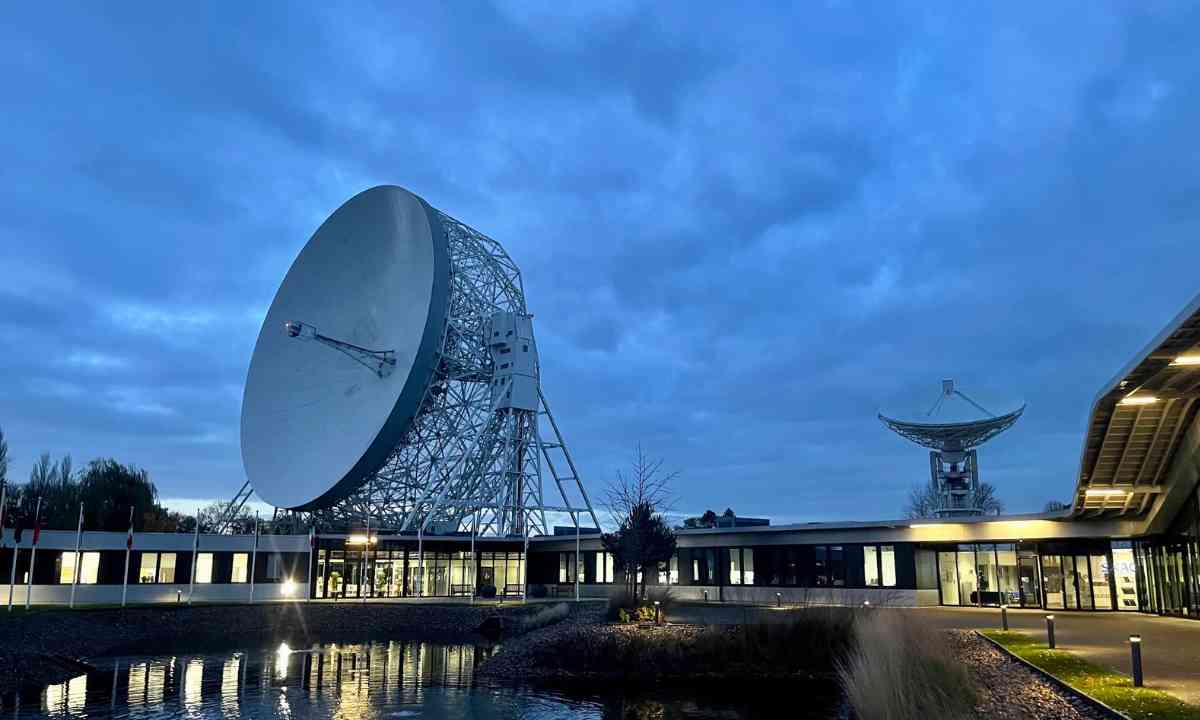Construction has officially begun for the world’s largest telescope. The telescope will initially have 197 dishes and about 131,072 antennas which resemble Christmas trees. It will be spread across Australia and South Africa. However, it will be headquartered in the UK. The project is estimated to be around €1.7 billion and is known as the Square Kilometer Array (SKA).
The telescope is designed to study the origin of the universe and even hunt for aliens. Additionally, it will test Einstein’s theory of general relativity – In short, the telescope will deal with some of the biggest questions of astrophysics. The history of SKA traces back to 1993 when the International Union of Radio Science founded a group to develop the radio observatory.
Eventually, more countries joined in and agreed to cooperate and signed a Memorandum of Agreement. In August 2000, a memorandum was signed at the International Astronomical Union meeting to establish a committee to build SKA. Sustainability is the primary value on which the SKA is being built.
The ceremonies to commence the construction took place in both Australia and South Africa, and it will soon begin its construction. The project is expected to be finished by 2028. However, by 2024 four dishes and six antennas in Australia and South Africa will start to function as the basic telescope.
It will have 500,000 square meters of effective collecting area. However, the project will require more land from farmers in Australia and South Africa. The project is being led by eight countries i.e., China, Italy, the UK, Switzerland, Australia, South Africa, Portugal, and the Netherlands. Many other countries including India, have revealed their intention to join the project.
The telescope will be built on a low frequency and will be able to provide more details about the first evidence of hydrogen even before its clouds of it collapsed to form stars. Another goal will be to study the first billion years just after the dark ages of the universe.
It will also study cosmic magnetism and radio bursts. Radio bursts can give out the same energy as one from the sun in a fraction of a second. The system is being designed to operate in between 50 megahertz to 50 gigahertz frequency range. The wavelength range between a few centimeters to meters.
The director general of the Square Kilometer Array Organization, Prof. Phil Diamond, said the journey has been about 30 years old. Out of this, about ten years were spent developing ideas, and another ten years developing the required technology. The last decade was spent on getting adequate government sanctions, and arranging funds.
The head of the telescope operations in Australia said that the SKA telescope is sharp enough to detect an airport radar on a planet that is ten light years away. The SKA telescope will be one of the biggest scientific endeavours in human history. The construction brings together the wealth of more than 1000 scientists and 500 engineers from across 20 countries
© Vygr Media Private Limited 2022. All Rights Reserved.
























